Prepare raw data
I use ESO-MIDAS for all my data reduction. This software comes into being nearly 40 years ago and is no longer maintained. Yes, I'm riding a dead horse. But it runs very well and I like it.
There are five frame types: neon lamp, thorium-argon lamp, bias, flat, science. At the very fist the thirty bias frames are mean combined to the masterbias. The also thirty flats are also mean combined to the masterflat with masterbias subtracted. The masterflat is normalized to remove the spectral signature of the LED and not to alter greatly the pixel counts in the science frames for the later use of statistics.
I do not use dark frames. The extraction algorithm finds hot pixels and replaces them with the local mean value.
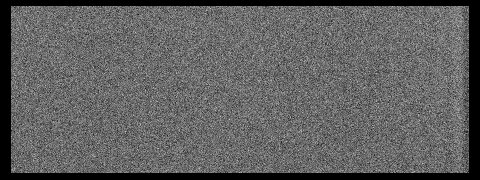
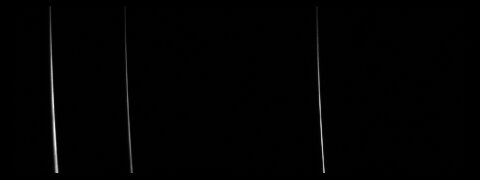
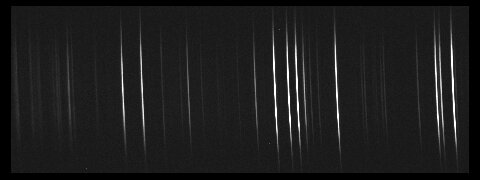
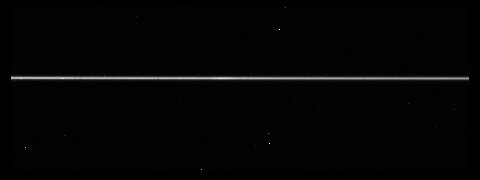
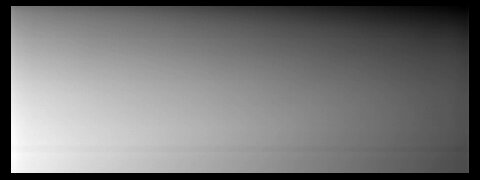
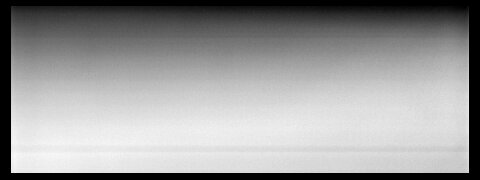
To get the optimal extraction algorithm working the trace of the object spectrum is rotated perfectly horizontal. The angle is below 1 degeree. All other frames are also rotated and cropped in both directions. In x-direction to remove empty regions originating from the rotation. In y-direction 100px above and also 100px below the object spectrum. Because the thorium-argon lines have to reach upper and lower border.
Last modified: 2023 Mar 30